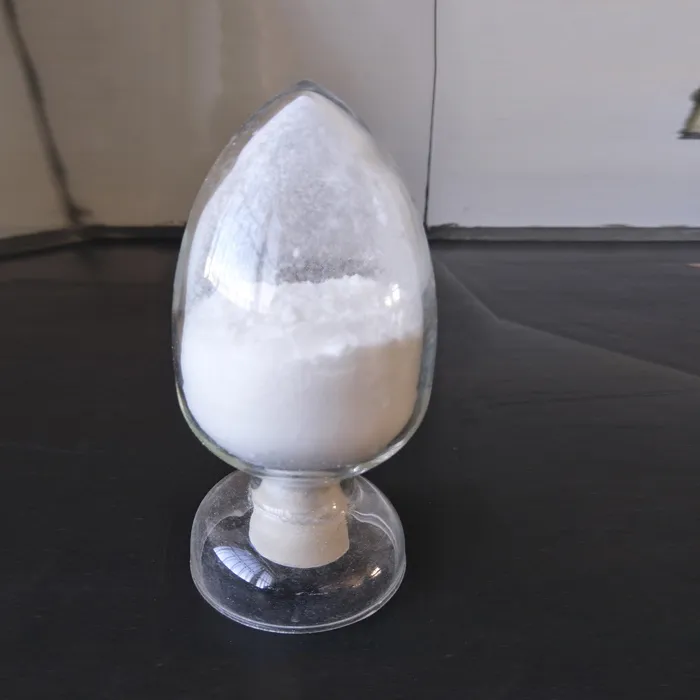Sodium Cumenesulfonate: Insider Notes on [Cas 28348 53 0]
In the hydrotrope world, Sodium Cumenesulfonate sometimes flies under the radar. Which is funny, because it quietly keeps modern cleaning, dyeing, and metal-finishing lines moving smoothly. I’ve toured plants where a tweak in this molecule’s percentage rescued an entire formulation. The Chinese name on one spec sheet even read “枯” — quirky detail, but it stuck with me. Origin-wise, the product I’m reviewing today is shipped from Xingye Street, Economic & Technological Development Zone, Shijiazhuang, China. That location has become a bit of a hub.

What it is and why it matters
Sodium Cumenesulfonate is a classic hydrotrope—designed to improve solubility of surfactants and organic actives, especially at low temperatures and in high-electrolyte systems. In practice, that translates to fewer precipitates, clearer concentrates, and cleaners that behave in winter (yes, that’s a real pain point). Many customers say it’s their “fix” when blends go cloudy.
Current industry trends
- Shift to NPE-free, VOC-restricted cleaning concentrates—hydrotropes like [Cas 28348 53 0] carry the load.
- Higher actives, lower cost-in-use formulas; demand for stable clarity at 5–40°C.
- Textile mills pushing faster dyeing cycles; hydrotropes aid wetting and penetration.
- Greater scrutiny on REACH and impurity profiles; consistent batches matter more than ever.
Product specs (typical, real-world use may vary)
| Product Name | Sodium Cumenesulfonate |
| CAS No. | [Cas 28348 53 0] |
| Appearance | Clear, colorless to pale-yellow liquid (40–45%); or white powder |
| Assay (active) | ≈ 40% (solution) or ≥ 90% (powder) |
| pH (10% aq.) | 7.0–9.0 (ISO 10523) |
| Moisture | KF ≤ 1.0% (ASTM E203) for powder |
| Color | ≤ 80 APHA (ASTM D1209) |
| Sulfate (Na2SO4) | ≤ 3.0% |
| Shelf life | 24 months sealed, cool/dry storage |
Application scenarios
- Detergent concentrates and hard-surface cleaners: clarity aid, low-temp solubilizer.
- Textile dyeing and printing: dye-bath leveling, improved wetting and penetration.
- Metal cleaning and pickling: boosts surfactant efficiency, stable in electrolytes.
- Oilfield and I&I cleaning: coupling agent with nonionics, reduces cloud point issues.
Advantages people actually notice
Low foam profile, broad compatibility with anionics/nonionics, stable across ionic strength—and, to be honest, it’s forgiving in real plants. One purchaser told me, “two kilos in the premix, haze gone.” That’s not lab poetry, but it’s the kind of feedback that matters.
Process flow (how it’s made, in brief)
Materials: cumene → sulfonation (SO3 or oleum) → neutralization (NaOH/Na2CO3) → decolorization/filtration → concentration → powder or 40–45% solution. QA checkpoints typically include active matter (ISO 2871-1 MBAS proxy), pH (ISO 10523), moisture (ASTM E203), and color (ASTM D1209). Batches then undergo clarity testing at 5°C and 40°C; service life validated by 3–6 month accelerated aging.
Vendor comparison (snapshot)
| Vendor | Origin | Purity/Grade | Lead Time | Customization | Certs |
|---|---|---|---|---|---|
| KXD Chem | Shijiazhuang, China | 40% soln / ≥90% powder | 7–14 days | pH, color, active tailoring | ISO 9001, REACH-ready |
| EU Trader A | EU warehouse | 40% standard | Stock/Just-in-time | Limited | REACH, SDS 16-section |
| India Producer B | IN | ≥88–90% powder | 3–4 weeks | Custom pack sizes | ISO 9001/14001 |
Customization options
- Active content: 35–45% solution; powder ≥90%.
- Color index control for clear-pack retail cleaners.
- pH buffering to match sensitive surfactant systems.
- Drum, IBC, or 25 kg bag; private-label SDS formatting.
Field notes and case studies
Textile mill, South Asia: adding 1.5% [Cas 28348 53 0] to a reactive dye recipe improved shade uniformity and cut rework by ≈8%. Another case—an I&I kitchen degreaser switched from xylene sulfonate to cumenesulfonate; winter haze disappeared without raising cost-in-use. Feedback echoed a theme: “stability first, then shine.”
Testing, certifications, and data pointers
- Active matter: ISO 2871-1 (MBAS approach, method adaptation).
- Moisture: ASTM E203 Karl Fischer; Viscosity: ASTM D2196 (Brookfield).
- HPLC identity: USP <621> conditions (lab-validated setup).
- Compliance: ISO 9001 QMS; REACH registration/notification as applicable.
Note: Data above are typical; always verify with the current COA for [Cas 28348 53 0].
Where this is headed
Expect tighter impurity specs and greener sulfonation footprints. Honestly, the hydrotrope is having a quiet renaissance—better clarity for tougher formulas, without drama.
Authoritative citations
- ECHA Substance Information: Alkylbenzenesulfonates and salts – data on anionic hydrotropes and surfactants.
- ISO 2871-1: Surface active agents — Determination of anionic-active matter by two-phase titration.
- ASTM E203: Standard Test Method for Water Using Volumetric Karl Fischer Titration.
- USP <621> Chromatography: General chapter for HPLC method parameters.

